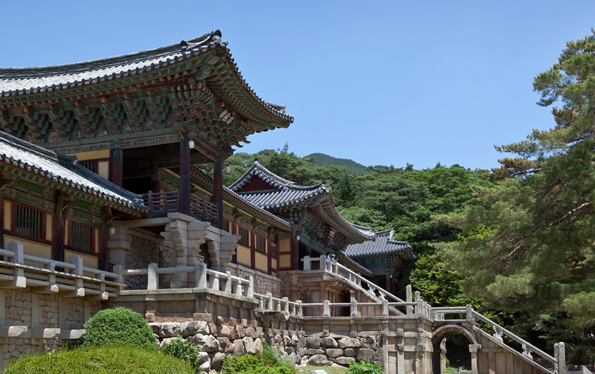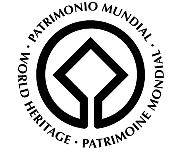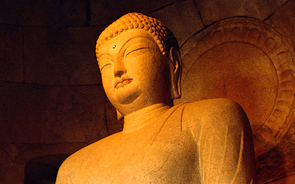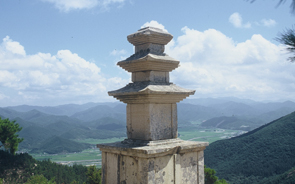UNESCO World Heritage Site
Tourism & Culture
World Cultural and Natural
What is World Heritage?
Heritage is a legacy inherited from our ancestors within which we dwell today, and which must be handed down to future generations. Both natural heritage and cultural heritage are sources of life and inspiration that are virtually irreplaceable.
The forms of heritage are unique and diverse. From the Serengeti plains of Tanzania in Africa to the pyramids of Egypt, from coral reefs of Australia to the baroque cathedrals of Latin America--all of these represent the heritage of humankind. The concept of ‘world heritage’ came into existence because such heritage, regardless of its location, embodies something of universal value to be shared by all humankind.
In order to identify, protect, and preserve natural or cultural heritage containing universal value for humankind, UNESCO adopted the Convention Concerning the Protection of the World Cultural and Natural Heritage (WHC for short) in 1972.

Definition of World Heritage
World Heritage is heritage that contains outstanding universal value, as defined by the WHC (World Heritage Convention). According to their attributes, such entities are classified as natural heritage, cultural heritage, or mixed (both natural and cultural) heritage.
| Classifications | Definitions |
|---|---|
| Cultural Heritage |
|
| Natural heritage |
|
| Mixed Heritage |
|
The World Heritage Emblem

This symbol is used to identify properties protected by the World Heritage Convention and inscribed on the official World Heritage List, and represents the universal values for which the Convention stands. Designed by Belgian artist Michel Olyff, it was adopted as the official emblem of the World Heritage Convention in 1978.
The central square symbolizes the results of human skill and inspiration, while the circle celebrates the gifts of nature. The emblem is round, like the world, a symbol of global protection for the heritage of all humankind.
Current Status of World Heritage
Presently, there are 890 world heritage properties in 148 countries, including 689 cultural, 176 natural, and 25 mixed properties. As of November 2009, 186 countries had signed the WHC (World Heritage Convention). As of that time, there were 31 properties on the List of World Heritage in Danger, including 16 cultural properties and 15 natural properties.







